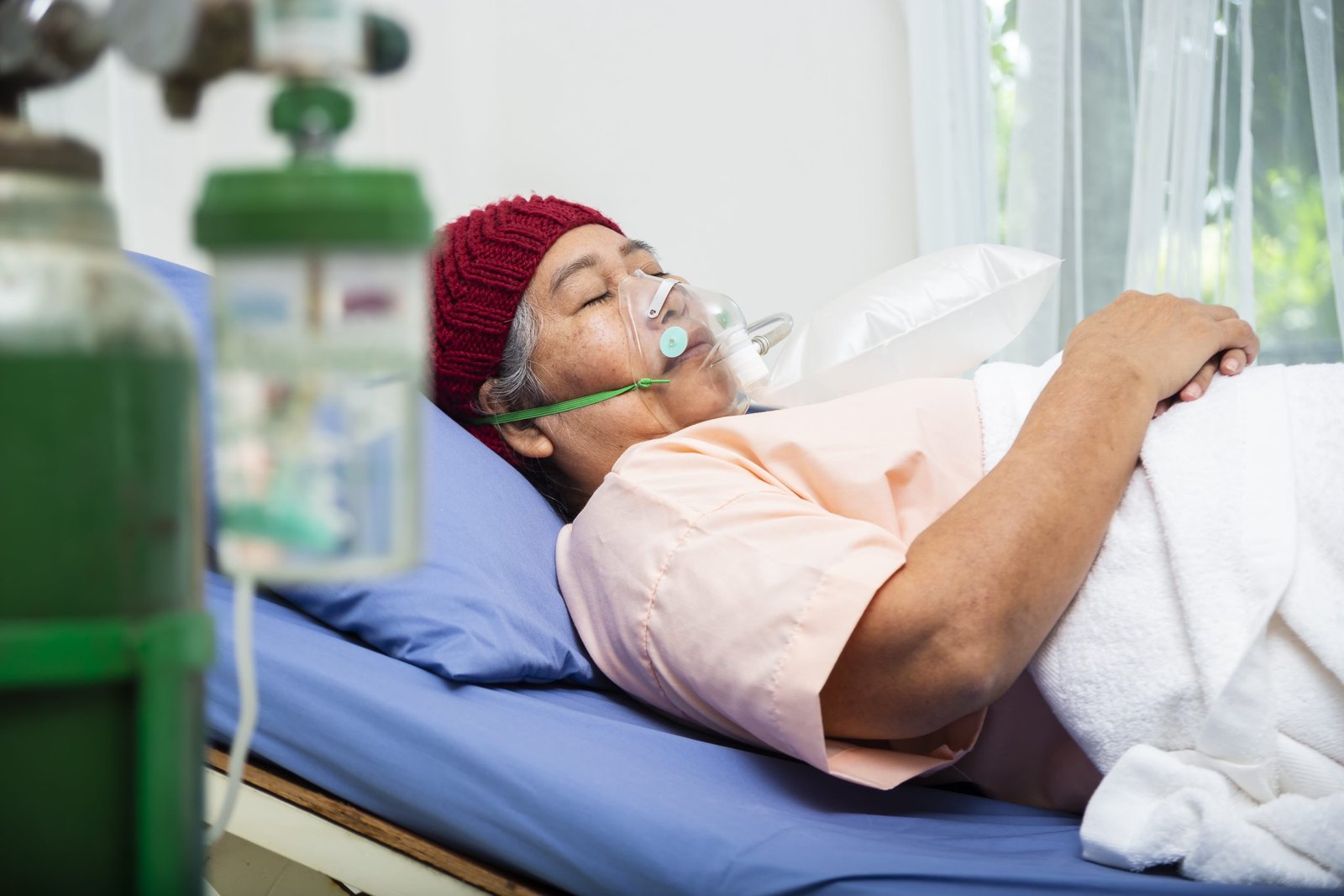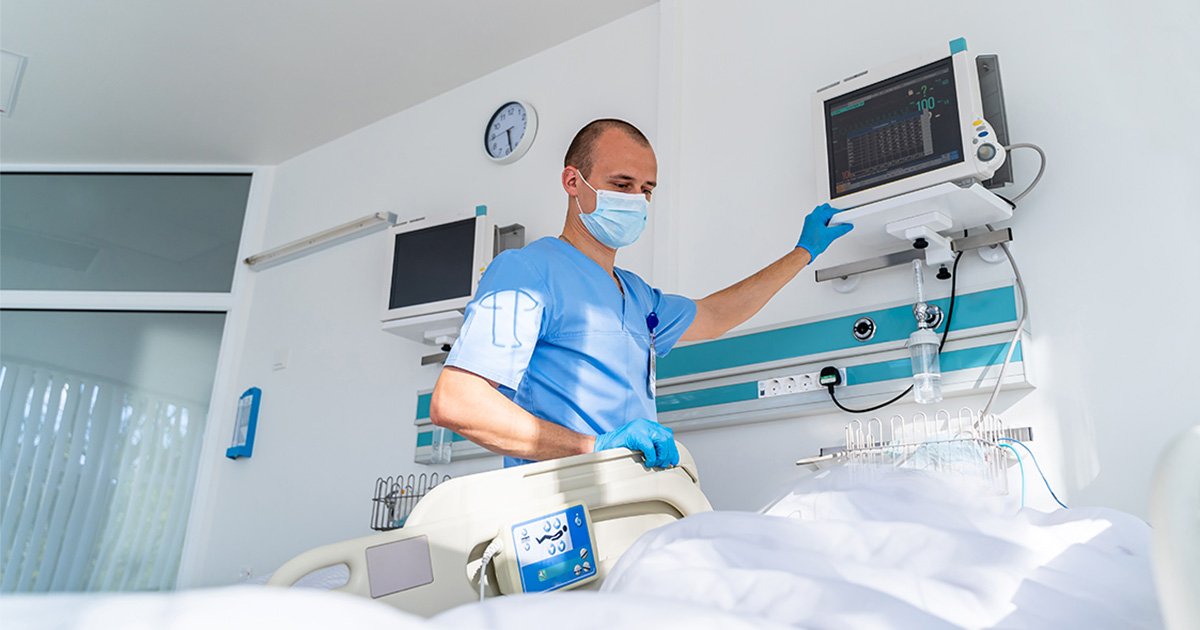Intensive Care Units (ICU) are designed to provide critical care to patients with life-threatening conditions. While the focus is primarily on medical treatment and recovery, ensuring patient comfort plays a vital role in their overall well-being. Improving ICU patient comfort involves a combination of physical, emotional, and psychological support. In this article, we’ll explore the best ways to improve ICU patient comfort.
1. Personalizing Patient Care
One of the most effective ways to improve ICU patient comfort is by personalizing care. Each patient is unique, and understanding their specific needs is crucial for creating a supportive environment.
Transitioning from a general approach to a tailored one, healthcare professionals work closely with patients and their families to understand preferences, emotional states, and physical comfort levels.
Tailored Communication
Effective communication ensures patients feel understood. Transitioning through medical jargon, staff should speak in simple, compassionate terms, providing regular updates about the patient’s condition.
2. Providing Emotional Support
Emotional well-being significantly impacts comfort in ICU settings. Patients in critical care often experience anxiety, fear, and isolation. Offering emotional support helps alleviate these feelings.
Transitioning through distress, providing counseling, comforting touch, and family interaction can greatly improve emotional stability.
Role of Family and Friends
Family members play a crucial role in emotional support. Transitioning through physical limitations, regular visits and consistent communication help patients feel connected and secure.

3. Comforting Physical Environment
Creating a comfortable physical environment contributes to a more relaxed ICU experience. Factors such as lighting, temperature, noise levels, and personal belongings can greatly influence comfort.
Transitioning through sterile hospital environments, efforts are made to create a homely, calming atmosphere. Noise reduction strategies and ensuring comfortable bedding are examples of such efforts.
Use of Personalized Belongings
Bringing small personal items, such as photographs or favorite items, allows patients to feel more at ease. Transitioning through unfamiliar surroundings, this personalization offers a sense of familiarity.
4. Implementing Pain Management Strategies
Managing pain is essential for ICU patient comfort. Acute medical conditions and treatments often result in discomfort, so effective pain management is a priority.
Transitioning from discomfort, tailored pain management approaches, such as medication and relaxation techniques, help patients recover more comfortably.
Regular Pain Assessments
Doctors and nurses regularly assess pain levels to ensure they are well-managed. Transitioning through various treatment stages, this continuous monitoring guarantees optimal comfort.
5. Ensuring Physical Independence
While patients are in ICU, encouraging physical movement and independence is essential for recovery and comfort. Physical therapy and mobility exercises help prevent complications and improve overall well-being.
Transitioning through dependency, even simple actions like repositioning or small movements assist in enhancing comfort and physical health.
Gradual Mobility Exercises
Staff introduces gentle mobility exercises as patients regain strength. Transitioning through immobility, these exercises promote a sense of empowerment and reduce discomfort.
6. Utilizing Advanced ICU Technologies
Modern ICU care incorporates advanced technologies that prioritize patient comfort. From specialized beds to digital health monitoring systems, these technologies contribute to a more comfortable recovery experience.
Transitioning through traditional methods, integrating cutting-edge technology ensures personalized and efficient care, providing comfort with precision.
Smart Patient Monitoring
Real-time patient monitoring, through wearable devices and digital systems, helps staff understand discomfort patterns. Transitioning from outdated methods, this innovation significantly improves comfort and care outcomes.
7. Training and Staff Support
The dedication of ICU staff is vital to improving patient comfort. Regular training programs ensure that healthcare providers are well-prepared to offer empathetic and effective care.
Transitioning through high-pressure situations, well-supported staff create a nurturing environment that prioritizes the comfort and safety of patients.
Continuous Education Programs
Healthcare providers participate in workshops and training sessions to stay updated with best practices. Transitioning through advanced protocols, this ongoing education ensures that patients receive compassionate, high-quality care.
8. Encouraging Patient and Family Involvement
Patients and their families should be encouraged to actively participate in the care process. Involving them in decisions about treatments, comfort preferences, and emotional support fosters a collaborative environment.
Transitioning from passive care, families often become advocates, providing valuable insights into improving comfort and emotional well-being.
Conclusion
Improving ICU patient comfort requires a multifaceted approach that focuses on physical, emotional, and technological advancements. By personalizing care, managing pain, fostering emotional well-being, and utilizing advanced technologies, healthcare providers ensure that ICU patients experience a higher level of comfort and support during their recovery. With these strategies, both patients and their families can feel confident that every effort is made to enhance their well-being in critical care settings.











